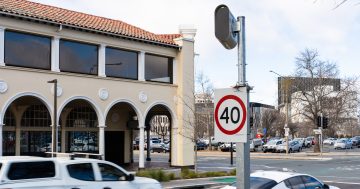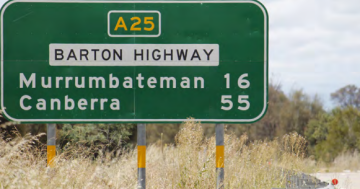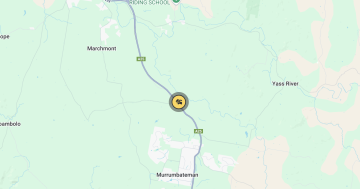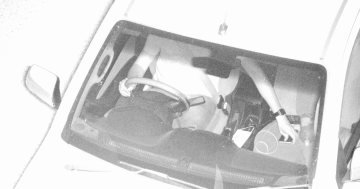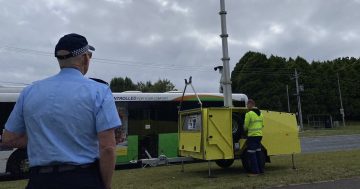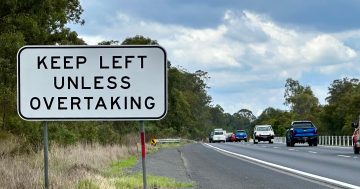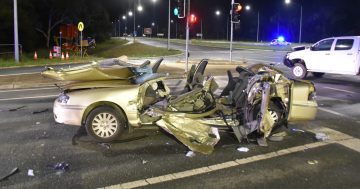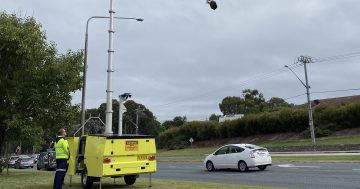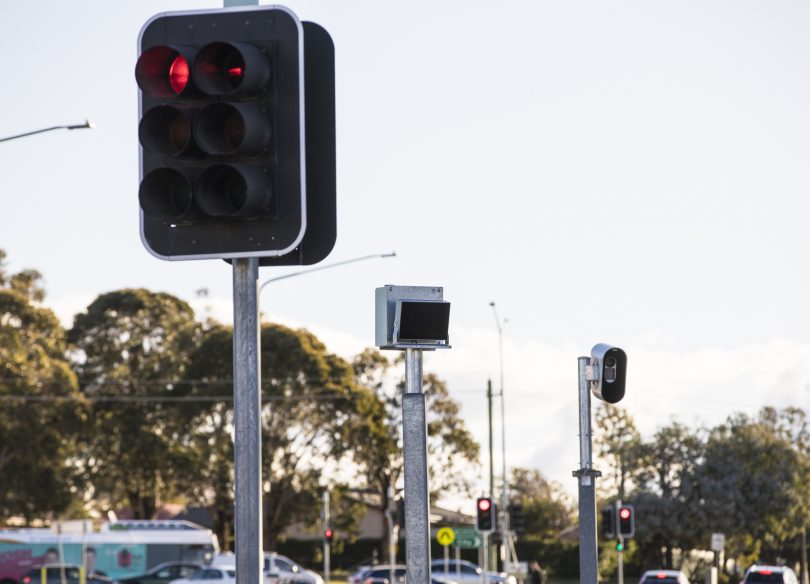
One of the fixed red light and speed cameras on Hindmarsh Drive at Woden. Photo: Michelle Kroll.
Fixed speed cameras on the Monaro and Barton highways nabbed more than 12,000 speeding drivers and cost motorists more than $4.5 million in fines last year.
According to the Car Expert website, which identified Canberra’s top-earning speed cameras, the number one speed camera is on the Monaro Highway between Lanyon Drive and Sheppard Street. It caught 3433 motorists in 2020, earning $1,260,529 in revenue for the ACT Government.
The speed camera on the Barton Highway between Gungahlin Drive and Ellenborough Street was a close second with 3294 motorists caught going above the 80 km/h speed limit, earning $1,150,165 in fines.
Another camera on the Barton Highway between Curran Drive and Gold Creek Road caught 3047 motorists, resulting in $1,162,131 in fines.
The Drakeford Drive/Boddington Crescent/Bardoni Crescent speed camera was the fourth-highest earner with 2719 infringements and $996,184 in fines.
The speed camera on the Monaro Highway between Mugga Lane and Isabella Drive rounded out the top five with 2665 motorists caught speeding and $989,474 in fines.
There are 13 fixed speed cameras at nine locations in the ACT, while there are also 13 red light/speed cameras and eight mobile camera vans.
An evaluation conducted by the Justice and Community Safety Directorate in 2019 found a significant reduction in all crashes associated with the installation and operation of fixed speed cameras.
“Mobile speed cameras were found to be the most beneficial element of the ACT road safety camera program and was found to have reduced crashes by 22 per cent crash in a 12-month period (October 2016 to September 2017),” the report said.
The use of mobile speed cameras also equated to the prevention of some 120 crashes that could have resulted in a fatality or injury and about 2,900 property damage crashes (a crash where there is no serious injury or death).
The report said this saved the Canberra community more than $60 million in costs associated with road trauma each year.
The ACT Government determines the location of speed and red light camera based on the number of crashes per kilometre on a stretch of road.
Ten years of crash data is also considered, with crashes resulting in a fatality or injury multiplied by five. Then, for speed camera locations, the total count is divided by the length of the road.
A mobile camera location must be at least 200 metres from a change of speed limit unless it’s in a school zone or roadworks zone and, unlike a fixed speed or red light camera, it doesn’t need to have a warning sign.












